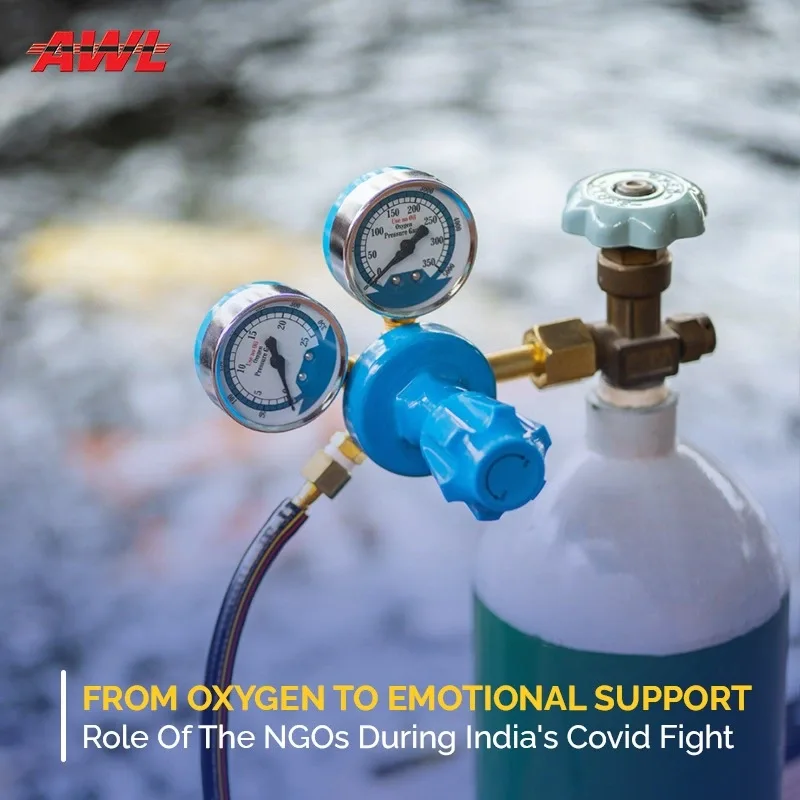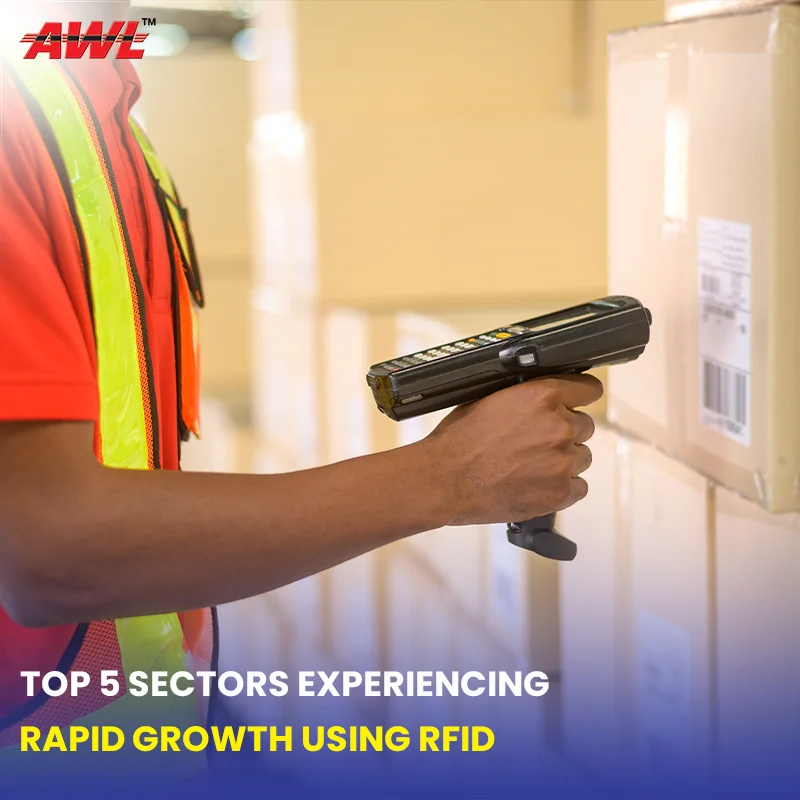

The Covid-19 pandemic was first detected in Wuhan, China in November 2019. By March 2020, governments around the world announced lockdowns to limit the spread of the SARSCoV2 virus that caused Covid-19. In June 2021, more than 176 million people worldwide were affected by the deadly virus. More than 3.8 million people died, in many cases, even after severe medical treatment. In April 2021, India experienced a “second wave”, even though the country has more than 1 million vaccination programs every day. Countries with large populations have the largest number of new cases and deaths. Though it has passed already, the epidemic is far from over.
As the pandemic was at its peak, several non-governmental organizations came forward to provide logistical support to the nation. With the increase in Covid cases, more and more people were banking on the NGOs to provide them assistance. Since continuous SOS calls for ambulance services, the need for critical care has risen exponentially. By March 2021, the requirements had become more critical and time-bound than in the volatile market of life support supplies. Covid relief in the first wave was centered around raising awareness, free medical support, preventive treatment, and providing nutritious meals. The second wave, however, had all come down to oxygen supply.
Indian Red Cross Society
The Indian Red Cross Society provided medical resources including oxygen concentrators, ventilators, and bedside monitors to hospitals around India, and helped administer vaccines. Precisely, the Indian Red Cross NGO handed over 20 Oxygen Concentrators, 75 Ventilators, 150 Bedside monitors, 2,00,928 Favipiravir / Coronavir (received from EMERCOM of Russia), 256 Oxygen Cylinders, and 16 Cylinder Steel Rack (received from Singapore Ministry of Foreign Affairs), 200 oxygen concentrators (received from M/o Health & Wellness Mauritius), 20 ventilators, 100 CPAP, 20 BiPAP machines and 95 oxygen concentrators (received from FCDO Services, British Embassy, Berlin) to the Ministry of Health and Family Welfare, Government of India.
Direct Relief
In January 2020, when the virus broke out, Direct Relief, one of the few non-profits, made a substantial and immediate impact on the crisis with a large supply of PPE and critical care medications that were distributed to health centers and clinics, hospitals, and public health agencies globally. Direct Relief has delivered over 83 million masks, 33 million safety gloves, and millions of PPE items free of cost to health workers who were on the front line during the pandemic. Pre-packaged modules of ICU medications were also delivered to major advanced hospitals.
American India Foundation
During the second wave, in cooperation with state governments and civil society organizations, American Indian Foundation so far has provided 5,000 oxygen concentrators, 2,600 hospital beds in 35 cities, oxygen systems, and 30,000 non-electric ventilators in 45 cities in India to alleviate the problem of insufficient health infrastructure.
Association for India’s Development
The Association for India’s Development has supported 48 partner organizations in 17 states to manage the Covid-19 second wave in India, disbursing over $2.6M. In 2020, AID enabled 200000 people, including migrant workers stuck in cities and people dwelling in remote villages, to face the lockdown for controlling COVID-19. They have provided groceries and food packets to communities left out of government rations, protective equipment to doctors, health, and essential workers. In 2020 raised and disbursed about $1M for COVID relief. AID has supported has provided 95,000 PPE (surgical masks, N-95 Masks, face shields) to various hospitals, Primary Health Centers, Police, and sanitation workers from the epicenter in Mumbai to remote regions in Jharkhand.
Hemkunt Foundation
During the first COVID-19 in India in 2020, the NGO has provided around 360 tonnes of cooked meals to migrant laborers who lost their jobs due to the sudden and unplanned nationwide lockdown. Hemkunt Foundation has also helped around 10,000 people during the second wave of COVID-19 in India. They also set up a makeshift facility with 700 medical beds along with 24X7 ambulance service and food, among other services.
Oxygen Supply for India
Oxygen for India has successfully provided over 700 concentrators of medical oxygen to the major cities and many rural districts, saving several lives. Oxygen for India is working toward establishing a national oxygen grid in the country, in order to prevent a crisis like this in the future.
World Vision
World Vision has reached more than 62 million people to limit the spread of COVID-19 and reduce its impact on vulnerable children and families. The international aid agency has worked to mobilize its influential grassroots network of community health workers and government partners globally to support the rollout of vaccines. They continued to take preventative measures, strengthen health systems and workers, and support the children affected by COVID-19.
CARE
CARE, a leading humanitarian organization, fought against global poverty during the pandemic that helped several families and communities escape poverty.
Association of Medical Doctors of Asia (AMDA)
AMDA International has dispatched AMDA Multinational Medical Mission (AMMM) from Japan to India for humanitarian emergency relief during COVID. The teams provided humanitarian assistance to the victims in the form of food, water, and medicine. The teams conducted medical relief and a survey for further rehabilitation in the most affected areas. AMDA International also served as a channel for cash contributions and for immediate relief assistance during the crisis, where foreign donors deposited their cash contributions.
HealthNet TPO
During the Covid-19 pandemic, HealthNet TPO in Afghanistan strengthened the health facilities across Nangarhar, Kunar, Laghman, Kundoz, Baghlan and Kapisa provinces, and helped them to cope with the steep increase in Covid-19 patients. Independent Covid-19 hospitals were also set up, alongside district centers and rapid response teams, to treat patients and reduce the risk of transmission.
AWL India, along with the central government and non-governmental organizations, efficiently handled and helped in supplying medical equipment, oxygen cylinders, medicines, concentrator, PPE kits, and streamlined mobilization of health resources to the hotspot locations that need them most. AWL India helped in dispatching and distributing the cargoes efficiently via air carriers, freight forwarding, and multiple modes to the recipient institutions in numerous parts of the country in coordination with government agencies and NGOs. They believe in empowering the country by providing an elite supply chain and logistics network, and it will serve its best to overcome the epidemic.

